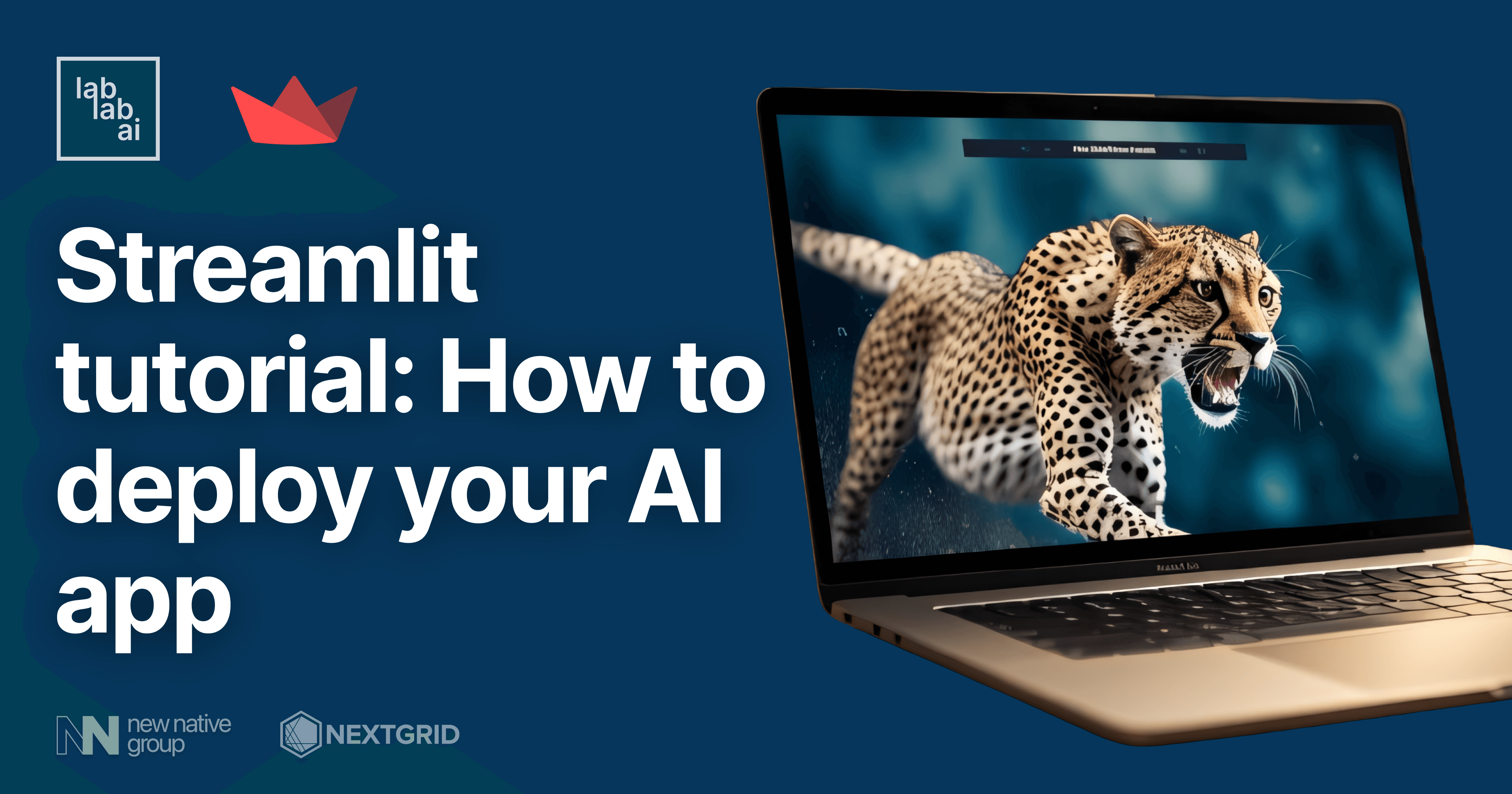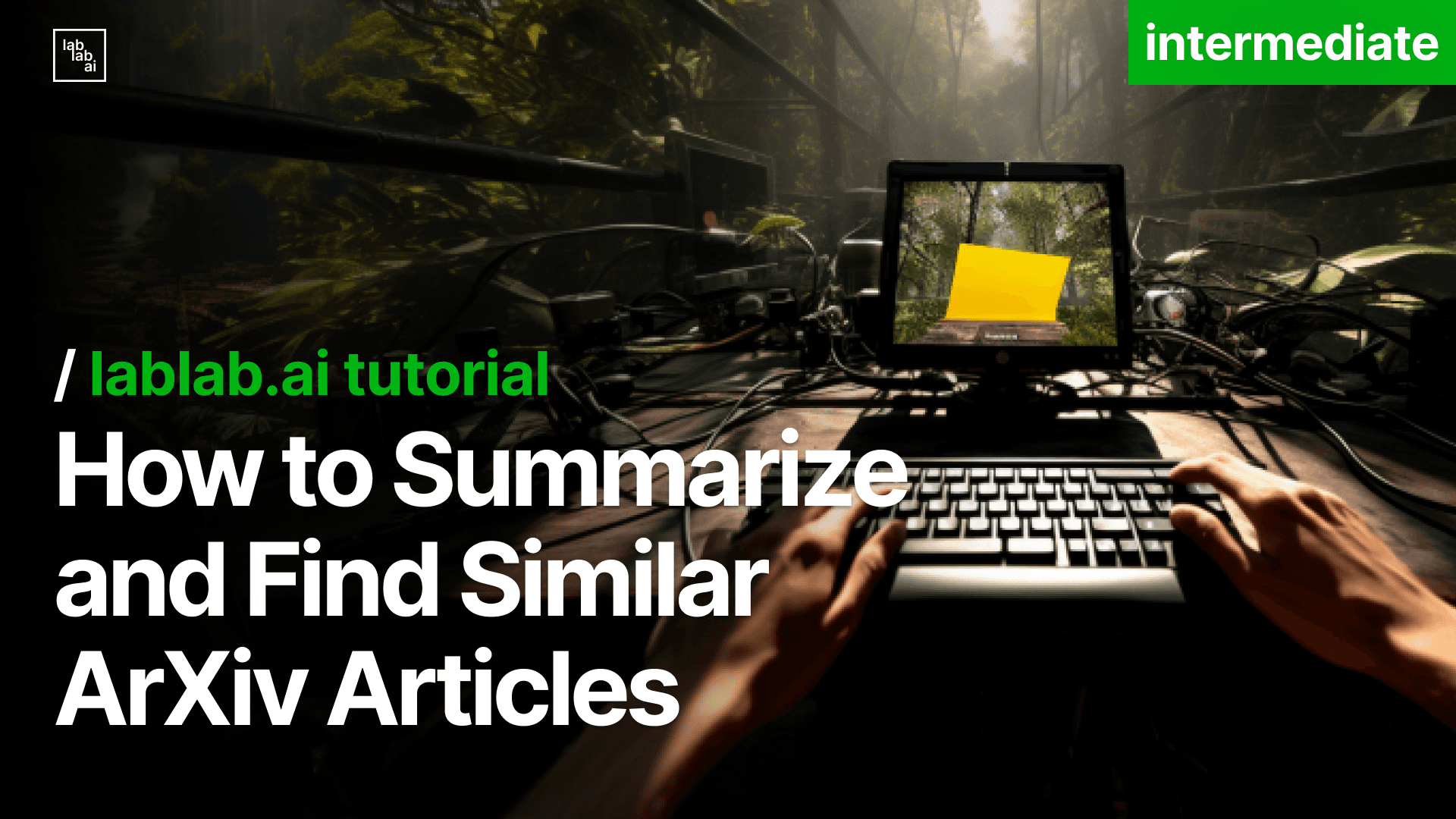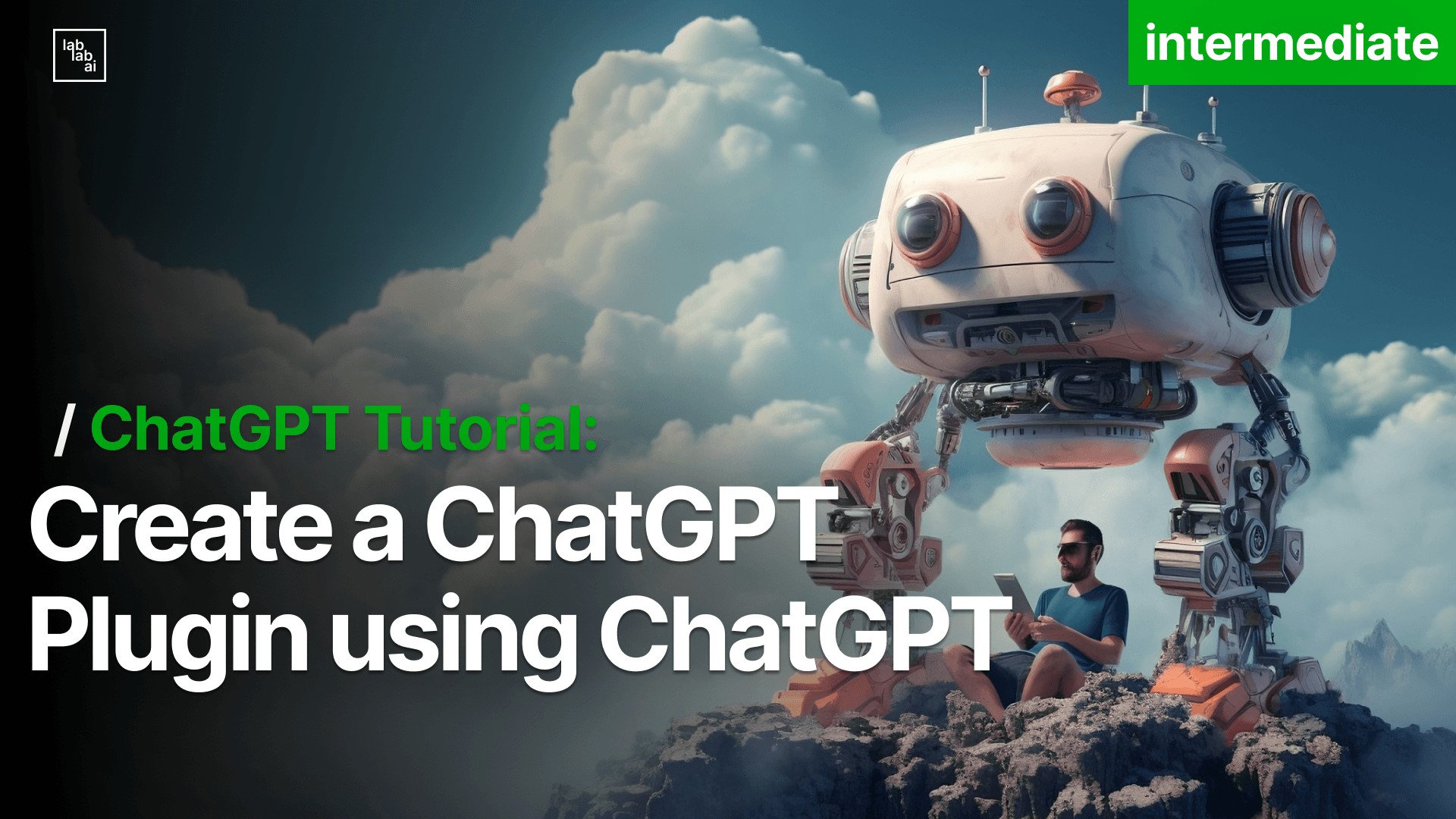Model Distillation: OpenAI's Solution for Efficient AI Deployment
Model Distillation: OpenAI's Solution for Efficient AI Deployment
OpenAI's Launch of Model Distillation
OpenAI has consistently led advancements in artificial intelligence, introducing innovations such as GPT-3, Codex, and DALL-E, which have significantly expanded the capabilities and accessibility of AI technologies. With the launch of Model Distillation, OpenAI takes a significant step forward in addressing one of the most pressing challenges in AI development: efficiency. As AI models grow increasingly complex, the need to deploy them in a cost-effective and practical manner has become more critical than ever. Model Distillation is OpenAI's solution to this problem, allowing developers to bring the power of advanced models to environments with limited computational capacity. OpenAI's Model Distillation is designed to help developers deploy sophisticated models like GPT-4 without the prohibitive resource demands usually associated with such capabilities. This new technique focuses on making powerful AI models more practical by compressing their knowledge into smaller versions, which are easier and cheaper to deploy. By offering a streamlined way to replicate the capabilities of larger models, OpenAI aims to make advanced AI more accessible across a wide range of devices and applications. For those interested in a deeper dive into the techniques discussed here, OpenAI provides detailed documentation that you can explore. Visit the [OpenAI Model Distillation Guide](https://platform.openai.com/docs/guides/distillation) for more information.
Efficiency in AI Development
Efficiency is no longer a luxury in artificial intelligence development—it is a necessity, driven by rising computational costs, increased demand for scalable solutions, and the need to make AI accessible in diverse environments with varying resource constraints. As the capabilities of AI grow, so too do the demands for making these technologies practical and accessible in a rapidly evolving digital landscape. This is where OpenAI's concept of Model Distillation steps in, offering a compelling solution to deploy powerful AI models more efficiently, without compromising their effectiveness. The evolution of AI has brought us models like GPT-4, with staggering complexity and capabilities. However, this sophistication presents a challenge: such models require immense computational power, making them impractical for many real-world applications. The question, then, is not only how powerful these models can become, but how they can be made scalable, cost-effective, and responsive. OpenAI's Model Distillation focuses on this problem, enabling the deployment of highly capable AI in environments that lack the necessary computational infrastructure to host massive models. By training smaller models to emulate the behavior of larger ones, Model Distillation provides a pathway to making sophisticated AI more practical and available across a wider range of devices and use cases.
The Teacher-Student Dynamic
Model Distillation operates by leveraging a "teacher-student" dynamic, where a smaller model—the student—learns from a larger, pre-trained model—the teacher. This process is not simply about replicating the teacher's outputs; rather, it involves capturing the deeper knowledge that allows the teacher model to perform at its highest potential. Through careful training, the student learns to prioritize the most significant patterns and representations from the teacher's behavior, ultimately reaching a similar level of performance but with substantially reduced computational needs. Advanced methods also incorporate distillation of internal neural network layers, ensuring the student retains essential mid-level features, which are intermediate representations learned by the model. These mid-level features capture patterns that are crucial for understanding and processing specific aspects of the input data, such as textures in images or syntactic relationships in text, thereby making the student model more effective at executing complex tasks. This nuanced transfer of expertise is what allows smaller models to achieve meaningful performance gains, suitable for real-world applications.
When to Use Model Distillation
Understanding when to apply Model Distillation is crucial for developers seeking to optimize their AI deployments. Distillation is particularly useful in scenarios where hardware resources are limited, such as when deploying AI models on mobile phones, IoT devices, or embedded systems. In these contexts, computational capacity is restricted, and distillation allows these smaller environments to benefit from advanced AI capabilities. Distillation is also ideal for applications that require low latency, such as autonomous vehicles, virtual assistants, or edge computing, where rapid decision-making is crucial. By using distilled models, developers can ensure that these applications operate faster due to the reduced model size. Cost constraints are another significant factor. For instance, startups or small businesses with limited funding may find it difficult to afford the infrastructure required to run large AI models. In such scenarios, using Model Distillation allows them to deploy powerful AI capabilities at a fraction of the cost, making advanced AI accessible even with budget limitations. Running large AI models can be prohibitively expensive due to the immense computational power required. Distilled models offer a cost-effective solution by reducing the resources needed for both training and inference, making AI more accessible to smaller organizations or projects with limited budgets. Furthermore, scalability is a key consideration. When scaling AI services to millions of users, smaller models are easier and more affordable to replicate across servers, making them ideal for cloud deployments and large-scale applications.
Benefits of Model Distillation
Model Distillation provides multiple advantages that make it an appealing option for developers and organizations. First, the reduced computational requirements of distilled models mean that they can be deployed in environments with limited hardware capabilities, broadening the scope of AI deployment to include devices that would otherwise be unsuitable for running complex models. This also results in lower energy consumption, which is especially important for battery-powered devices and for initiatives aimed at reducing the environmental impact of AI technologies. Another key benefit is that, despite the reduction in model size, distilled models maintain a level of performance comparable to their larger counterparts. This ensures that the quality of AI services is not compromised, even when computational efficiency is prioritized. Additionally, distilled models are highly adaptable. They can be fine-tuned or adjusted for specific tasks with relative ease, allowing developers to tailor them for various use cases and ensure they meet specific performance requirements.
Problems Solved by Model Distillation That Other Methods Don’t
Model Distillation addresses a number of challenges that other model compression methods may not fully solve. Unlike simple pruning or quantization, which primarily reduce model size by removing parts of the model, distillation focuses on transferring the knowledge from a large model to a smaller one. This means that the distilled model retains the critical reasoning capabilities of the original, rather than just a reduced parameter set. The result is a model that maintains a deeper understanding and can perform complex tasks effectively, even with fewer parameters. Another unique advantage of Model Distillation is its ability to retain high-level representations. During the distillation process, the student model captures the high-level abstractions learned by the teacher model, which is different from other compression techniques that may only focus on reducing the number of parameters without ensuring the model retains the depth of understanding. This makes distilled models particularly effective in scenarios where a comprehensive grasp of the data is required. Distillation is also more flexible compared to other methods. It can be applied across different types of models and domains, whether language models, vision models, or multi-modal models. This versatility allows developers to use distillation in a wide variety of use cases, unlike some compression methods that are model-specific and limited in their application. By enabling efficient knowledge transfer across domains, distillation makes it possible to create models that are adaptable to different tasks and contexts, thereby enhancing the overall utility of AI technologies.
Practical Applications of Model Distillation
The practical implications of Model Distillation are broad, touching on diverse sectors where the balance between power and efficiency is paramount.
Edge Computing
Take edge computing, for instance, where devices like IoT sensors or smart home systems often operate with limited hardware capacity. Distilled models allow these devices to run real-time analytics and make autonomous decisions locally, bypassing the need for constant cloud interaction, which not only reduces latency but also improves reliability and responsiveness.
Healthcare
Similarly, healthcare is a field where efficiency can be the difference between life and death. Portable diagnostics tools, such as handheld ultrasound machines or wearable health monitors, depend on the capacity to process complex data rapidly and locally. By employing distilled models, these devices can deliver sophisticated diagnostic insights on the spot, helping healthcare professionals provide timely care while keeping sensitive data secure.
Autonomous Systems
Autonomous systems, including drones, robots, and self-driving vehicles, also stand to gain immensely from this technology. The capability to process massive amounts of data in real time is crucial for these systems, but running bulky models would often be impractical due to their high computational requirements. Model Distillation makes it feasible for autonomous systems to operate efficiently, ensuring fast, reliable decision-making with lower hardware costs.
Financial Systems
Financial institutions can likewise benefit, as distilled models allow for the execution of complex risk assessments, fraud detection, and algorithmic trading on standard computing systems—a significant advantage in environments that require both speed and scalability, like ATMs or real-time trading platforms.
Stored Completions and Data Management
Central to the distillation process is the careful management of input-output data from larger models—a technique OpenAI calls Stored Completions. During model training, interactions with the larger, more advanced models are captured and used to guide the smaller model. This stored data, however, needs to be handled with utmost care, as it may contain sensitive information. Ensuring compliance with privacy laws such as GDPR and HIPAA is crucial, as is implementing appropriate security protocols to protect the data throughout the training process. Moreover, the effectiveness of the distillation process is closely tied to the quality of this stored data. To achieve optimal performance, it’s essential that the training data represents a comprehensive range of scenarios the model is expected to encounter, helping the student model generalize effectively across different contexts.
Fine-Tuning the Distilled Model
Once the foundational knowledge transfer is complete, fine-tuning becomes the next critical step. Fine-tuning involves making targeted adjustments to optimize the student model's performance. This could involve using diverse training datasets that reflect the variability of real-world scenarios, tweaking learning rates, freezing certain model layers during retraining, or applying gradient clipping to avoid instability during the learning phase. Fine-tuning, in this context, is an iterative process of pushing the student model towards not just replicating the teacher’s output, but doing so in a highly efficient manner suitable for deployment in constrained environments.
Continuous Evaluation for High Performance
Furthermore, continuous evaluation through tools like OpenAI's Evals is key to maintaining the high performance of distilled models. Regular testing, both in simulated and real-world environments, helps identify potential shortcomings and areas for refinement. The ability to assess and iterate continuously ensures that the distilled model stays responsive and robust as new data or requirements emerge, maintaining a high standard of reliability in practical applications. Testing models outside of controlled lab settings is particularly important, as real-world deployments can present unforeseen challenges, necessitating adaptive improvements.
Advanced Distillation Techniques
For those looking to go beyond standard distillation techniques, several advanced strategies are available that can further enhance the efficiency and performance of student models. These techniques are crucial for maximizing the utility of model distillation, especially in complex, resource-constrained, or multi-modal environments.
Layer-Wise Distillation
Layer-wise Distillation is a focused approach that involves transferring knowledge from specific layers of the neural network, rather than treating the entire model as a monolith. This technique allows for a more granular transfer of knowledge, where critical features from individual layers of the teacher model are distilled into the student model. By focusing on key layers—such as those responsible for high-level feature extraction or domain-specific representations—the student model can more accurately replicate essential functions of the teacher. This approach is particularly effective in maintaining the model's ability to understand complex hierarchies of features, thereby enhancing performance without the need for the full computational power of the teacher.
Cross-Domain Distillation
Cross-Domain Distillation is another advanced technique that involves transferring knowledge between different domains, such as from language models to vision models or vice versa. This method enables the student model to leverage insights from a teacher model trained in a different modality, thereby improving its ability to handle complex, multi-modal data. For instance, a language model could benefit from visual information, helping it better understand context and semantics. Cross-domain distillation allows for richer, more versatile models that can integrate and process information from various types of data, making them well-suited for applications like image captioning, visual question answering, and other tasks that require a nuanced understanding of both textual and visual elements.
Hybrid Compression Methods
Hybrid Compression Methods combine distillation with other model compression techniques, such as quantization and pruning, to achieve even greater reductions in model size and resource requirements. Quantization reduces the precision of model parameters, while pruning removes redundant or less important neurons and connections. When used in conjunction with distillation, these techniques help create highly compact models that still retain much of the original model's functionality. This hybrid approach is especially useful for deploying models on devices with extremely limited computational resources, such as microcontrollers or edge devices. By combining multiple compression strategies, developers can strike a balance between maintaining model accuracy and achieving significant reductions in size and energy consumption, thus expanding the applicability of AI to a wider range of hardware platforms.
Ethical Considerations
Ethical considerations are also an essential part of deploying distilled models, particularly in domains where AI is used for sensitive applications. These considerations include data privacy, ensuring that user data is protected during the training and deployment processes, and fairness, addressing biases that may exist in the training data to prevent discriminatory outcomes. Additionally, developers must consider transparency, ensuring that the distilled models remain interpretable, especially in high-stakes fields like healthcare and finance, where understanding the decision-making process is crucial.
Bias Amplification
One risk is that of bias amplification. If the larger, teacher model contains biases, these may be inherited or even exacerbated by the student model. Identifying and mitigating such biases during the training process is crucial for ethical AI use.
Model Interpretability
Similarly, model interpretability can become more challenging when dealing with compressed models. Understanding the decision-making process of these smaller, distilled models remains essential in fields like healthcare or finance, where the consequences of incorrect or misunderstood decisions can be severe.
The Future of Model Distillation
Looking towards the future, Model Distillation is set to play an integral role in how we deploy AI. The rise of modular AI systems, where multiple specialized models work together to solve complex problems, aligns perfectly with the capabilities of distilled models—which can offer tailored functionality while being lightweight and scalable. Emerging ideas like Self-Distillation also hint at models that can improve autonomously by learning from their own outputs, potentially leading to even more efficient and adaptive AI systems without the need for extensive retraining.
Conclusion: Embracing Efficient AI Deployment
In conclusion, OpenAI's Model Distillation is much more than a simple optimization technique; it represents a paradigm shift towards making sophisticated AI accessible, scalable, and efficient. By leveraging Model Distillation, developers can expand the reach of advanced AI technologies, enhancing their accessibility even in resource-constrained environments. This opens up new possibilities for real-time analytics, localized intelligence, and seamless scalability—all while ensuring that AI remains practical and effective in solving the challenges of tomorrow. To those exploring efficient AI deployment, Model Distillation presents an invaluable strategy to balance power and practicality, pushing the boundaries of what’s possible across industries. OpenAI's extensive documentation offers a wealth of resources for those ready to embrace this approach, making sophisticated AI more inclusive and impactful, regardless of the deployment environment.




